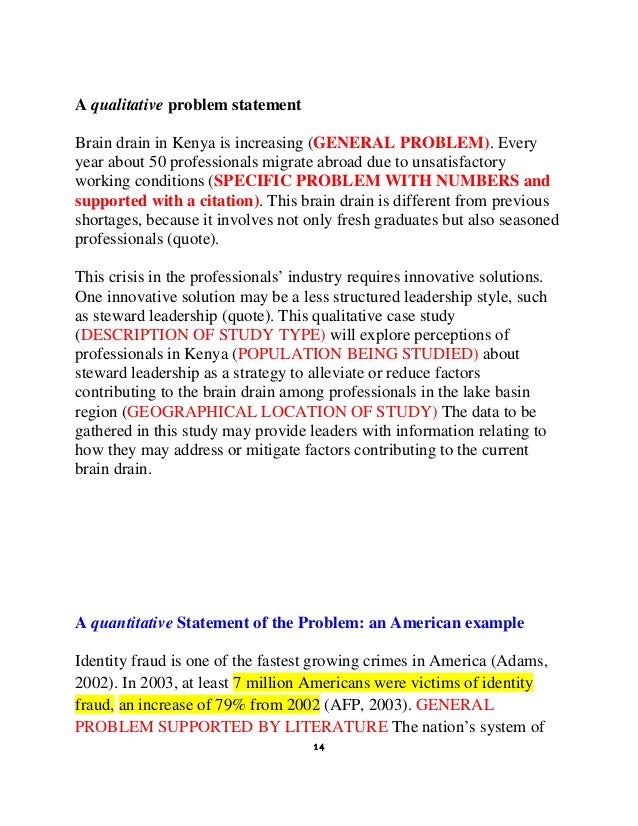
26/3/ · Concluding Your Argumentative Speech. In your conclusion, restate your thesis and main points. Also, your conclusion structure should leave your audience with something to consider, and tell them what they should do after listening to your ideas. For example, if you’re arguing against a particular law, maybe you want people to get out and Value persuasive speech is a type of speech that tells whether something is right or wrong, beautiful or ugly, moral or immoral, good or bad. It questions the ethical and moral aspects of a particular topic or defines the truth or falsity of an assertion. For example, can When preparing a persuasive, argumentative speech, you need to consider both matter (what you are going to say) and manner (how you are going to say it). For political speeches here. For war inspirational speeches here. 1. Matter. When preparing the matter for a persuasive speech, the golden rule is ‘quality not quantity’
14 TYPES OF SPEECH & EASY TIPS TO MASTER THEM
It consisted of five different parties who had their own agenda and own candidate running for president. Months before the elections took place, people have taken up to social media to voice out their opinions on which candidate is the most preferable candidate that would bring the needed change that the Philippines would like to see.
You may also see argumentative writings. Making Claims in Argumentative Speaking In developing a good argumentative speech, it is crucial to have solid claims and basis for your arguments. Taken from Speech Communication, Raymond S. Ross clarifies the following definitions present in an argumentative speech: Claim: The whole reason for your arguing in the first place. This is based on your opinion.
Grounds: This is purely based on research, types of argumentative speech. Facts, tables, types of argumentative speech, statistical data, proof of evidence.
If you have no grounds to support your claims whatsoever, you will be seen as an ignorant blabbermouth just stating random things without proof. You may also see speech examples. Argumentative speeches can be based on the following: a claim of fact, a claim of value, or a claim of policy. A claim of fact starts with an incident or a reality that is based on evidence.
A claim of value is a belief that something is good or bad, right or wrong. A claim of policy is a claim that recommends the course of action.
Argumentation requires a firm stand on the positive or a negative side of the said issue. After all, the goal is not to win over your audience, but to dominate the argument as it requires the speakers to not only present their side of the issue, types of argumentative speech, but to also present it with substantial evidence in making the said claim.
Argumentative speaking can be carried out in debates. You may also see motivational speech. As you organize your said speech, you should have your strongest arguments at the first and the types of argumentative speech sentence of your speech. First impressions among the audience are just as important as your closing statement directed to them.
It is also important to avoid personal attacks. After all, what goes around comes around. You may also see appreciation speech. Once you start with derogatory remarks and baseless accusations will eventually discredit you as a speaker and you will lose the trust of your audience. Get straight to the point and make use of practicalities in your speech. You may also see welcome speech. Essential components of an Argumentative speech: Types of argumentative speech the dominating over the argument as the main goal of an argumentative speech in the first place, it is important to understand the components that encompass the said speech in the first place.
Listed below are four essential parts of an argumentative speech: 1. Find for a debatable topic Although it can really be just any topic, make sure that it clearly has both the affirmative and negative side to remain impartial and unbiased to just a single viewpoint.
For example, do pineapples really go on pizza? Pick a side If you have the option to pick a side, that is great as you have picked with a side that is most suited to your beliefs and perceptions about that certain issue, types of argumentative speech. But if not, you will just have to stick with what is given to you and make the most of it. Once you stick with that certain side, types of argumentative speech, make sure to provide all related information surrounding that issue, otherwise, it would confuse the audience on what side you truly belong to.
Give some supportable arguments Research, research, research! And afterwards, conduct more research and verify the gathered data. It cannot be simply your opinions alone, types of argumentative speech, you have to try to include the opinions of other people as types of argumentative speech, what other people have to say about it, by providing figures and data that is relevant.
Nobody likes an unsupported argument with baseless hearsay. You may also welcome speech. Refute alternate positions When an argument is being thrown at you, types of argumentative speech, you learn to throw one back.
Are you just going to let the opposing party trample over your side of the argument like a powerless ant? Or, are you going to types of argumentative speech up a fight by throwing in arguments of your own? In doing so, you have to provide supporting facts that support your argument. You may also see leadership speech. Tips for delivering an argumentative speech: Search for a concrete and controversial argument to use as your base.
Arrange your points properly from the first to the last. Try to coordinate with your members on what points each person would like to throw to the opposition.
Sacrifice most of your time and effort for research. All that preparation will have been for nothing, if it is baseless. Sample Outline I. Introduction A. Hook This is the part where you start catching the readers attention. Argumentative speeches starts with researched data, facts, quotes, statements, figures, etc… Be sure that the introduction is interesting enough for the audience to get hooked on what you are trying to say.
After writing the first sentence, you want to try and connect that information to what you want to try and prove, leading to your thesis statement. For example: According to a report in the Department of Health DOHover X number of people are pregnant since they are not using condoms.
Thesis A thesis statement is a one-liner that elaborates on what you are trying to prove and provides an insight of the arguments that will be presented in your body paragraphs.
The thesis statement acts as a roadmap for the rest types of argumentative speech the speech. It is important not to worry too much on what the presented arguments are going to be, but instead, focus on writing a clear and concise statement that hints the topics that you are planning to discuss.
You may also see tribute speech. For example: Therefore, it is important that these teenagers will not only have the proper sex education applied into their curriculum, but also the DOH will be in charge of distributing free condoms to the teens of public and private schools to avoid miscarriage, abortion and abandoning babies in the middle of the streets due to the unpreparedness of having a child.
You may also see orientation speech. Background Information Though it is not necessarily important in an argumentative essay, but in order to let your audience understand the context of the issue better, types of argumentative speech, background information should at least consist have a paragraph or two in order to avoid confusion among the audience members.
Body Paragraphs The body paragraphs is the potion of the speech where you will types of argumentative speech the evidence you have acquired to support the thesis statement that is provided. Body paragraphs should commence with a topic sentence hat is written in your own words followed by placing a bit of rhetoric in the middle of your speech e. fact, stats, an emotional anecdote or a doctrine that provides background for your topic sentence. Finally, body paragraphs should contain a sentence how the evidence you have provided gives justice to your overall point.
You may also launch speech. Whether you are going to be assigned to participate in a debate for a class activity or voicing out your opinions in social media, remember that it always common courtesy not to let it get personal as the sole purpose of the speech is to try and change their mindset and not condemn them for their beliefs.
You may also see informative speech. PREV SHARE NEXT.
3 Types of speeches according to purpose - Oral Communication In context-SHS
, time: 13:338 Awesome Persuasive Speech Techniques & Topics

When preparing a persuasive, argumentative speech, you need to consider both matter (what you are going to say) and manner (how you are going to say it). For political speeches here. For war inspirational speeches here. 1. Matter. When preparing the matter for a persuasive speech, the golden rule is ‘quality not quantity’ Value persuasive speech. This is the third type of persuasive speech in which the speaker uses moral and ethical problems. They select a topic and emphasize whether it's right or wrong. In other words, the speaker has to take one side of the topic and have to justify it with the help of Good persuasive speech topics can be difficult to think of, but in this guide we've compiled a list of interesting persuasive speech topics for you to look through. The best persuasive speech ideas will be on a topic you're interested in, aren't overdone, and will be about something your audience cares about

No comments:
Post a Comment